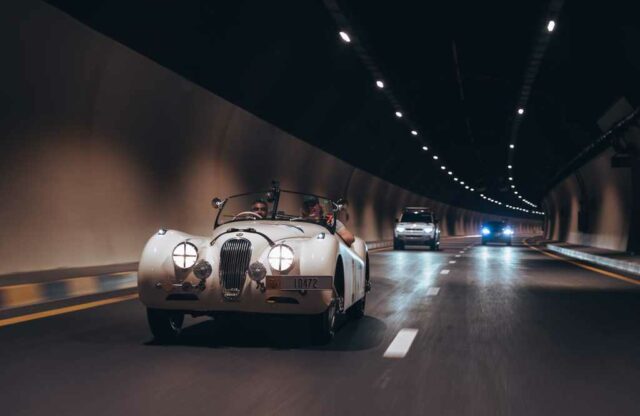As the dust of World War Two settled, several ‘people’s cars’ emerged: the Volkswagen Beetle, Mini, Citroën 2CV and Fiat 500. The 500, or ‘Cinquecento’, was released in 1957 to succeed the ageing Topolino (‘little mouse’ in English). Its predecessor was built under the spectre of 1930s fascism, just like its German Beetle counterpart. It’s certainly ironic that fascist dictatorships were the backdrop for the development of liberating cars with cutesy bodystyles. Even so, the impact the little Cinquecento made on the future far outweighs its lineage to a dark past.
Under the endearing bodywork, a two-cylinder 479cc air-cooled engine sat over the rear axle, producing just 13bhp and 20lb ft of torque. Both power and capacity increased marginally during the 500’s production run, first to 499cc in the Sport model, producing a whopping 21bhp and 22lb ft of torque.
The last upgrade came to the final variant, the R/Rinnovata. This borrowed the engine from the Fiat 126 and had a displacement of 594cc. It produced less power than the Sport, at 18bhp, but its 27lb ft of torque was higher.
Of course, the real value of the original 500’s motor wasn’t performance. Instead, it was the simplicity and affordability of the air-cooled design. This meant Italians who were already familiar with scooter engines could easily and cheaply maintain their Cinquecentos at home.
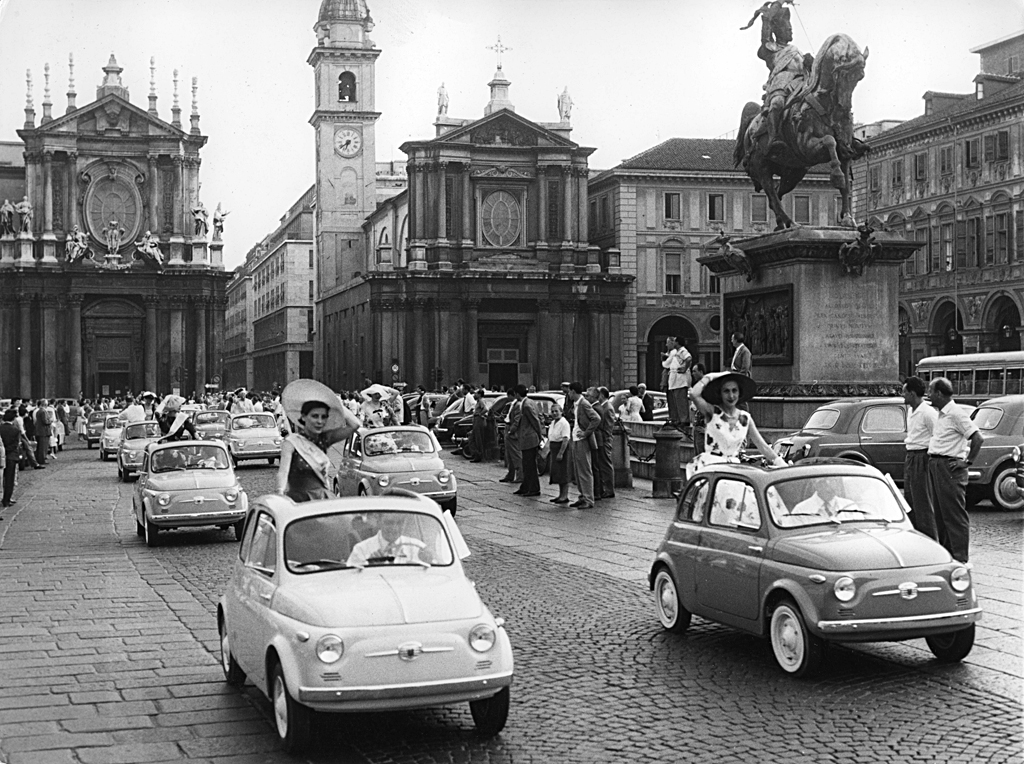
The 500’s packaging was also a stroke of genius. The two-cylinder’s transverse, rearward mounting meant the drivetrain was virtually the reverse of a Mini’s. This allowed seating for four people despite the car’s tiny 2.97-metre length. The diminutive proportions and spartan spec sheet also meant the Fiat weighed just 500kg – 80kg less than the equivalent Austin.
With its rear-wheel-drive, rear-engine set-up and low weight, the 500 wasn’t just practical, it was great fun to drive, too. Its unassisted steering still provides excellent feel, and the car has surprising levels of grip, devoid of virtually any understeer. Absolutely perfect for threading through narrow Italian streets.
Its manual gearbox is a rudimentary design; with just four speeds and no synchromesh, it requires a nifty double-clutching technique to work smoothly. This further heightens the level of engagement, and although it could soon become wearisome, everyday driving is an unlikely usage for a Cinquecento today.
The popularity of the 500 meant nearly four million were produced during its 18-year production run. Semi-convertible, panel-van and estate bodystyles were all offered. In 1965, the Abarth 595 arrived, which produced 30bhp and 33lb ft of torque. This was followed by the Abarth 695 of 1968, which upped the power output to 37bhp and 42lb ft of torque. The Abarth models had uprated carburettors along with specially designed pistons and camshafts. Abarth SSs boasted aesthetic variations including flared wheelarches.
We spoke to classic Fiat specialist Middle Barton Garage, which highlighted the common pitfalls faced when searching for a 500. It provided the technical information provided here to help with your purchase, and is a trusted source for servicing, parts and car sales.
ENGINE
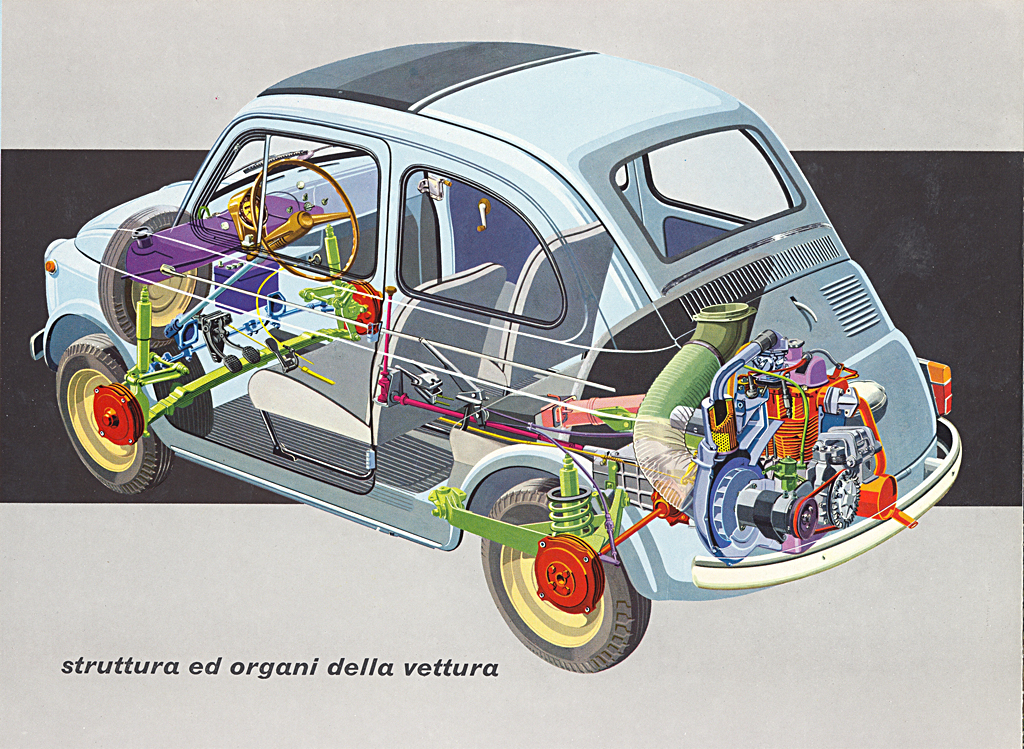
If well maintained, the 500’s engine is reliable and should have no problem covering thousands of miles before needing any major attention. This is still a classic car, though, and issues can occur.
The first thing to look for is excessive oil burning, as this is indicative of a worn motor that hasn’t been well maintained. Another issue is overheating. As a rear-powered car, the Fiat is more prone to this because its engine bay isn’t sitting directly in the flow of oncoming air. Therefore, it’s important to check that the unit’s cooling flaps are unobstructed. If the engine isn’t cooled sufficiently, it can lead to damaged cylinder heads. Worst-case scenario, a fresh motor will cost around £3000.
Oil is known to leak from the sump and rocker cover. The good news is that this is often due to a failed valve in the oil-filler cap, and is a £10 fix. However, if the dipstick is being ejected, a rebuild is on the cards. Again, this is expensive.
Listen out for a noisy timing chain, as this is a tell-tale sign that it needs replacing. Make sure the spark plugs, distributor and carburettor have all seen maintenance, because they are often overlooked. If these parts have been replaced, ensure they are high-quality items; second-rate versions are now commonly produced in China and sold cheaply on websites such as eBay.
Engine swaps are common in this car. If originality is a concern then ensure the original motor is still in place, because larger and more powerful Fiat 126 units are often found in the back of 500s. If these are installed properly and are in good condition, it isn’t necessarily a bad thing.
Even so, Middle Barton Garage says it has seen an influx of sub-standard 126 engines imported from Poland in recent years. Bearing this in mind, make sure the work was done by a specialist and that the parts were from a trustworthy source.
GEARBOX
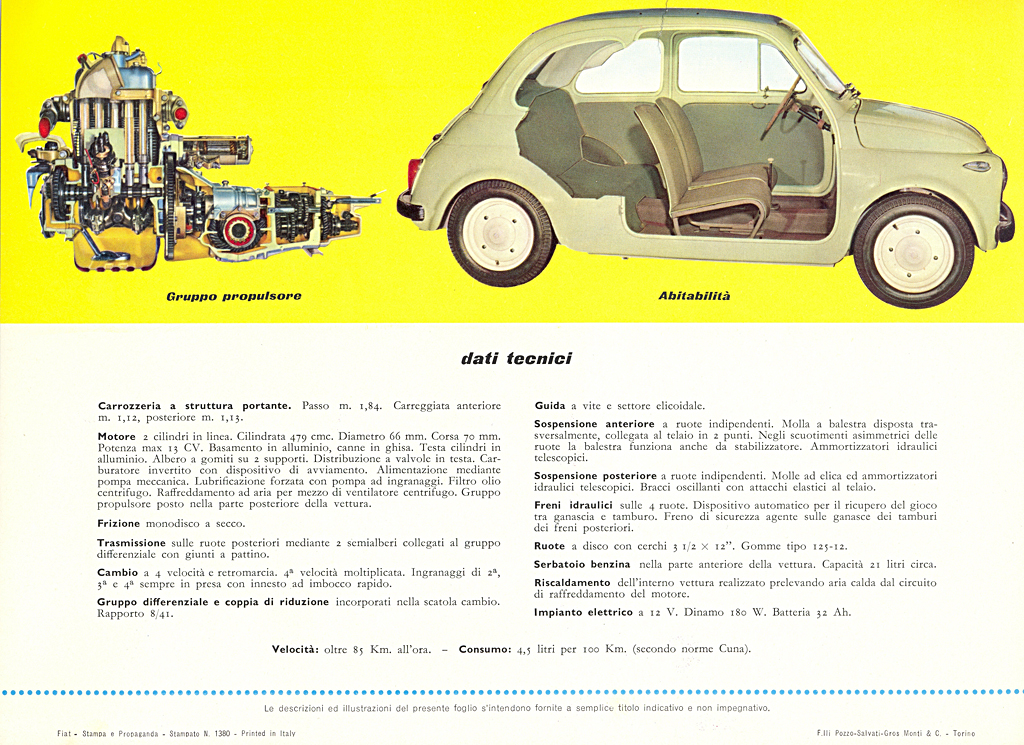
The 500 ’box is a very simple four-speed unit. Its lack of synchromesh means unsympathetic drivers can easily damage the transmission; first ratio should not be engaged while moving, for example. If the car jumps out of gear or is especially noisy, a complete rebuild will soon be required. This costs around £1300, so being vigilant is definitely worthwhile.
A sloppy gearchange usually points towards the linkage needing adjustment. A rubber bush in the linkage can perish after years of exposure to oil, but at under a tenner this is very cheap to replace.
If a 126 engine has been fitted, the ’box will be carried over, too. This brings the benefit of synchros, and negates double-declutching. Once again, make sure that the conversion has been done well.
SUSPENSION AND BRAKES
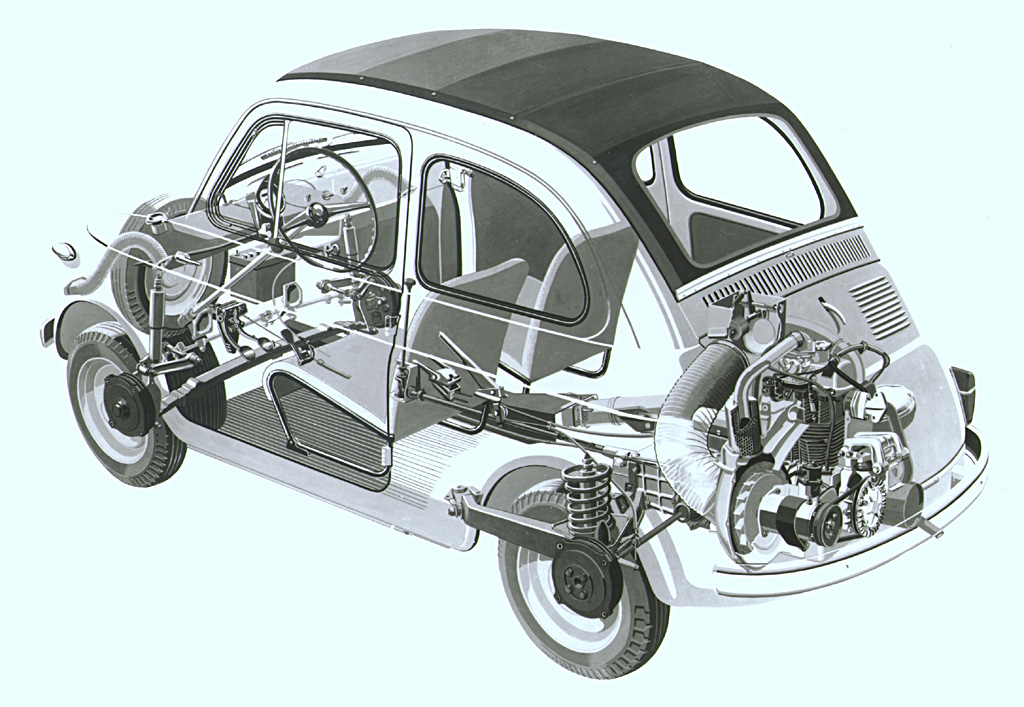
Unsurprisingly, the suspension system is a pretty basic set-up. However, there are still a few things to look out for. Firstly, the front kingpins suffer a design flaw in which oil isn’t very effectively dispersed. Try to grease them every 1000-1500 miles, otherwise the bottom bearing will seize.
Leaf springs can corrode, so make sure the Fiat sits level when looking at it head on. The rear beam axle is also susceptible to rust; get underneath the car and check it’s in good condition. The steering should feel accurate. Excessive play indicates a worn box, and overly stiff steering means it has likely been over adjusted in the past to compensate for sloppiness.
Brakes are drums all round, so check for worn linings, leaks from the cylinders and perishing lines. Disc-conversion kits for the front are available from reputable aftermarket suppliers.
BODYWORK

Unfortunately, the Fiat 500 is prone to rust. Nearly 50 years have passed since the last one rolled off the assembly line, and it was a cheap car with scant anti-rot measures to begin with. After half a century of corrosion and bodging, the used market is something of a minefield.
Recently, many UK-bound Italian models have looked immaculate inside and out but hidden write-off-level rust underneath. Be extra careful – if corrosion is left to spread unimpeded, the cost of rectifying it can easily surpass the value of the car.
Assess the usual areas such as the sills, wheelarches, door bottoms and edges of the roof and windscreen. Then check under the wheel in the front luggage compartment, because rust is known to lurk there. Models with a sunroof fitted are more vulnerable to floorpan rot, and corrosion can also be found around the battery and fuel tank of all variants.
The 500 isn’t double skinned, so rust shouldn’t be hard to find if it’s present and you know where to look.
INTERIOR

The theme of spartan simplicity applies as much to the 500’s interior as it does to mechanical components. Scant upholstery means retrimming the cabin is a cheap proposition, and many cars have had this done by now. The electrics are simple, so there’s little to go wrong; the main issue of note is corroded wiring insulation.
Early 500s didn’t even have alternators, although they can be modified to have these fitted. The only major problem is the scarcity of interior parts on early cars; it’s worth making sure that nothing is so worn or damaged that it needs replacing.
WHICH FIAT 500 TO BUY
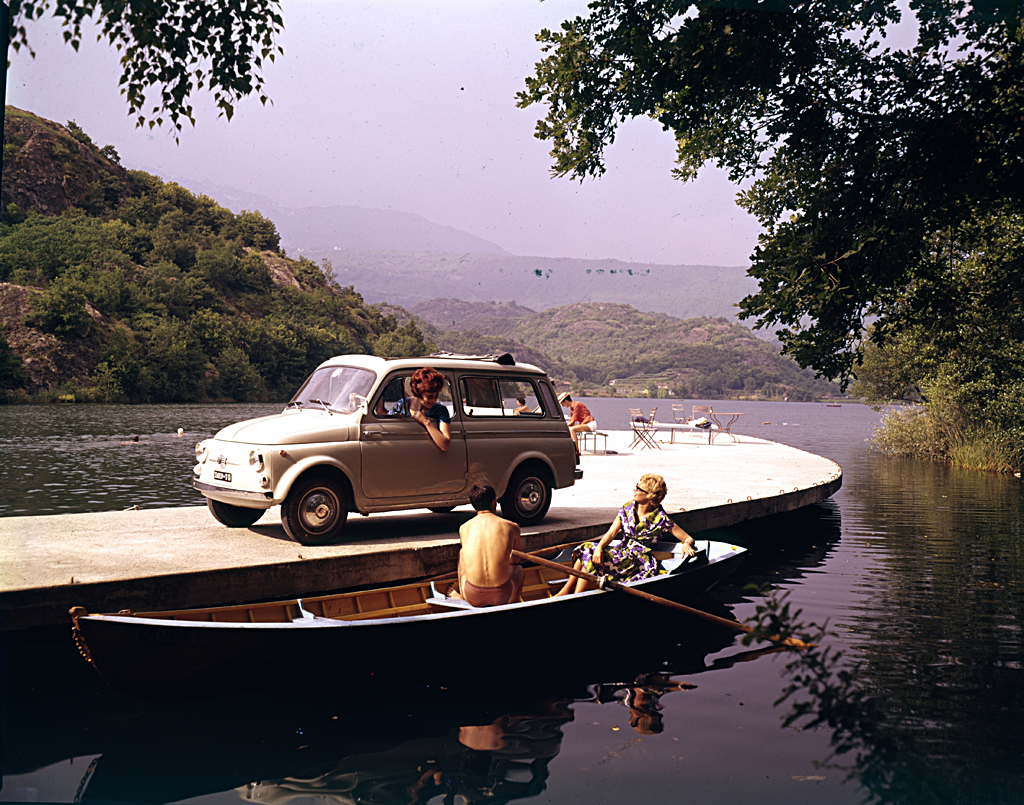
As Middle Barton Garage says: “There is a yawning chasm in both quality and price of 500s. A nut-and-bolt restoration to ‘as-new’ specification would be around £25k.” In other words, tread very carefully. The original Fiats remained largely the same throughout their long production run. Earlier examples had suicide doors, but these are now increasingly difficult to find, and many have succumbed to rust.
Most clean examples for sale today are either F or L variants. The F model is less luxurious and gets circular cabin dials that look more characterful than the L’s revised square units. The latter has plusher trim than the F, while the run-out R models are very rare and come with the slightly bigger 594cc engine from the Fiat 126.
Differences between 500s are so slim that the priority should be finding a car that’s been well maintained and remains rust free. Avoid imports with a sketchy past, and buy with your head not your heart; there are just too many troublesome examples out there. There is more availability abroad, but you also have to factor in the extra costs of importing and registering the vehicle.
Abarths are extremely rare; only around 150 have survived. You’ll need very deep pockets to secure one of these models, but it is possible to convert a standard car with a replica kit. Again, though, be very careful with this. If you’re buying a pre-converted model, the work must have been carried out by a specialist. Plenty of fake ‘Abarth’ parts are in circulation, but the factory FCA Heritage now sells the real thing.
Whatever model you choose, the 500 is a small car with huge character, and as a piece of automotive history it’s worthy of any collection. Just be wary of which one you go for, and spend more to find a decent example with an unambiguous history.
WHAT TO PAY
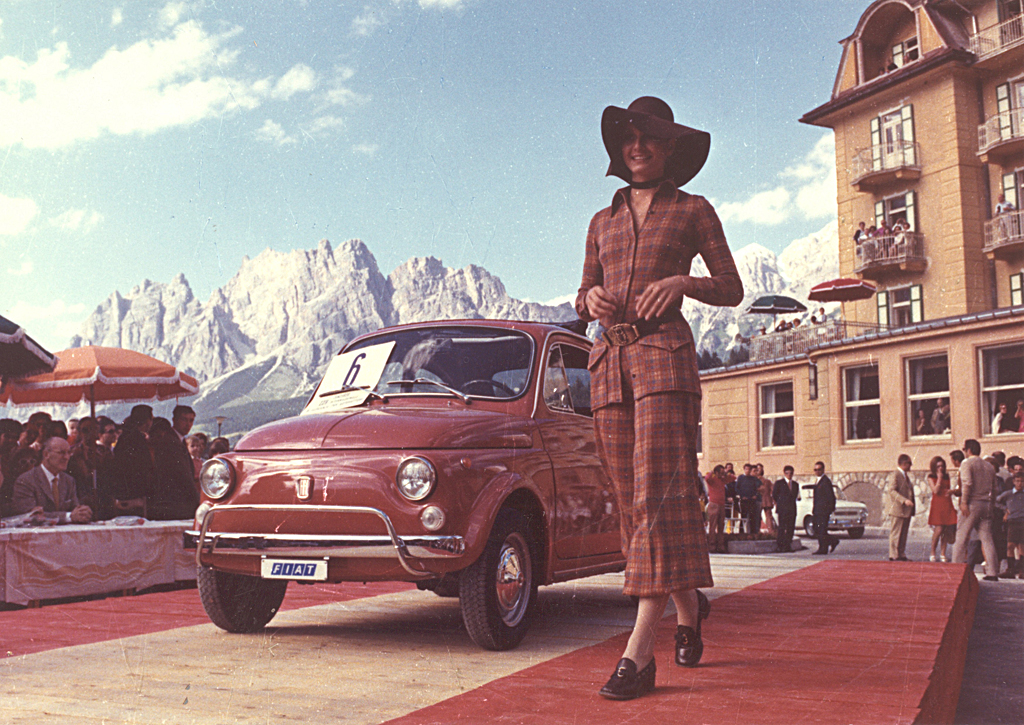
1971 500L, UK
Fair: £5100
Good: £8600
Excellent: £12,400
Concours: £19,700
SPECIFICATIONS

479cc inline two-cylinder
Power: 13bhp
Top speed: 53mph (est)
0-60mph: N/A
Economy: 63mpg
594cc inline two-cylinder
Power: 18bhp
Top speed: 62mph (est)
0-60mph: 35.0 seconds
Economy: 51mpg
689cc inline two-cylinder (Abarth 695)
Power: 37bhp
Top speed: 75mph (est)
0-60mph: 20.0 seconds
Economy: 34mpg


